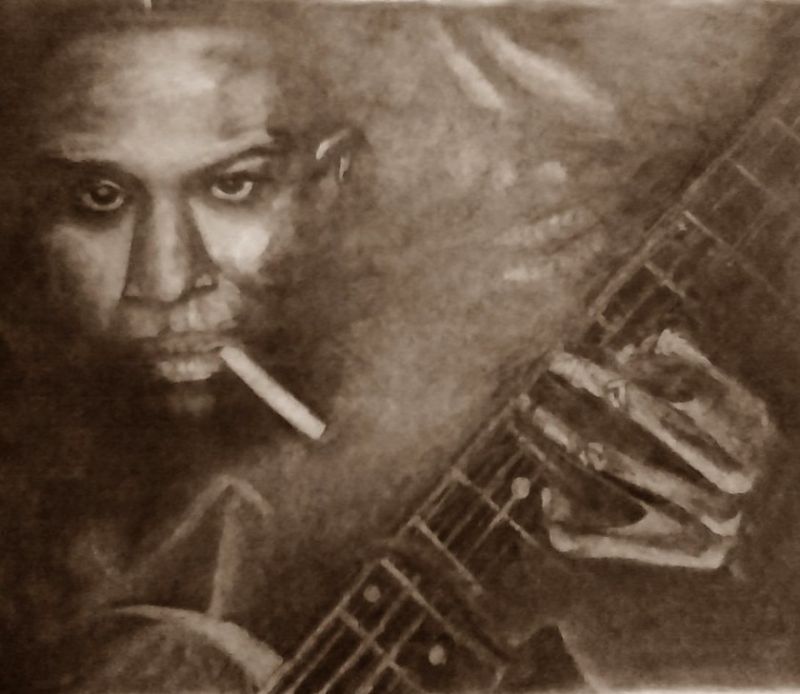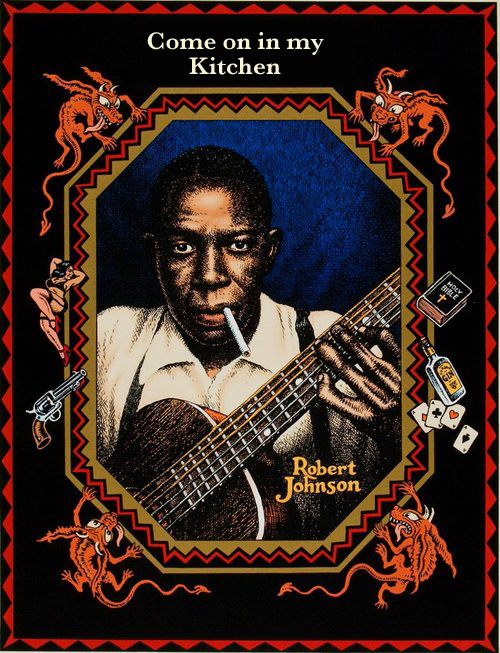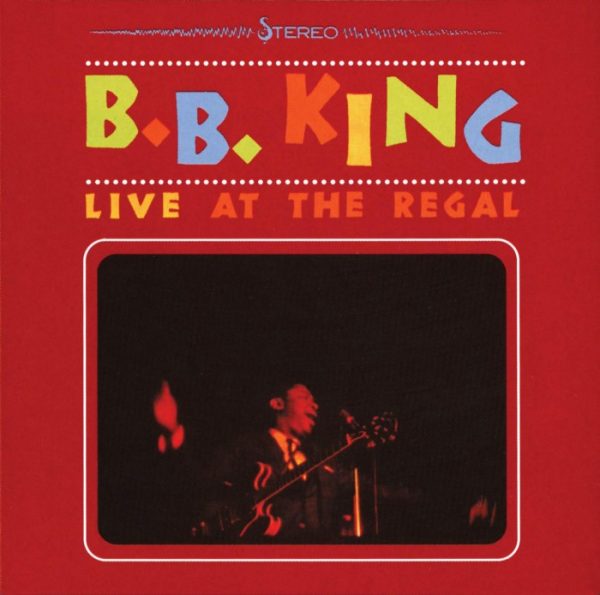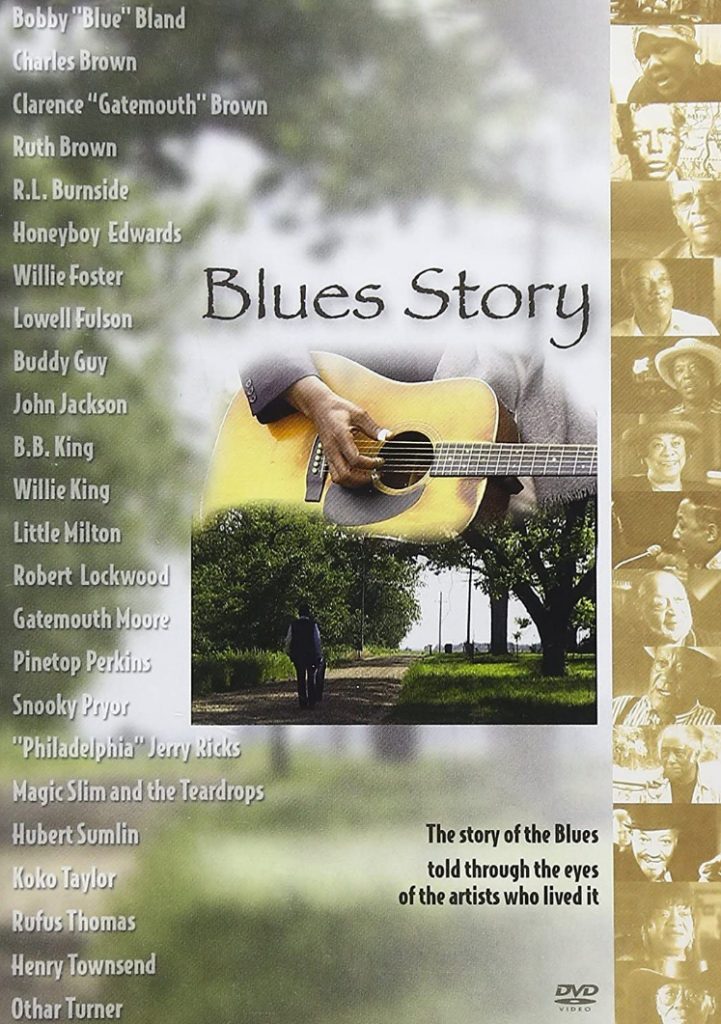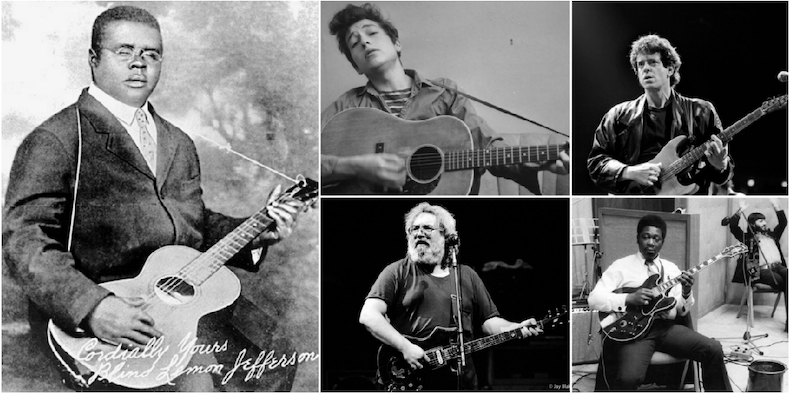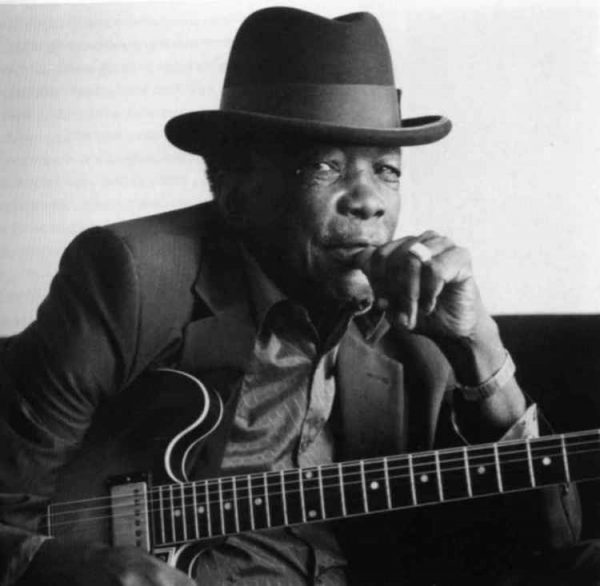[vc_row][vc_column][vc_message message_box_color=”mulled_wine” icon_fontawesome=”fa fa-quote-left”]I went to the crossroad, fell down on my knees
I went to the crossroad, fell down on my knees
Asked the Lord above “Have mercy, save poor Bob, if you please”[/vc_message][/vc_column][/vc_row]
[vc_row][vc_column][vc_message message_box_color=”mulled_wine” icon_fontawesome=”fa fa-quote-left”]Favorite album? I think the Robert Johnson album. I listen to that quite a bit still.
~Bob Dylan (Rockline Interview June 1985)
You want to know how good the blues can get? Well, this is it.
~Keith Richards (about Robert Johnson)[/vc_message][/vc_column][/vc_row]
Wikipedia:
“Cross Road Blues” is a blues song written and recorded by American blues artist Robert Johnson in 1936. It is a solo performance in the Delta blues-style with Johnson’s vocal accompanied by his acoustic slide guitar. Although its lyrics do not contain any specific references, the song has become part of the Robert Johnson mythology as referring to the place where he supposedly sold his soul to the devil in exchange for his musical talents
Continue reading “November 27: Robert Johnson recorded “Cross Road Blues” in 1936″
